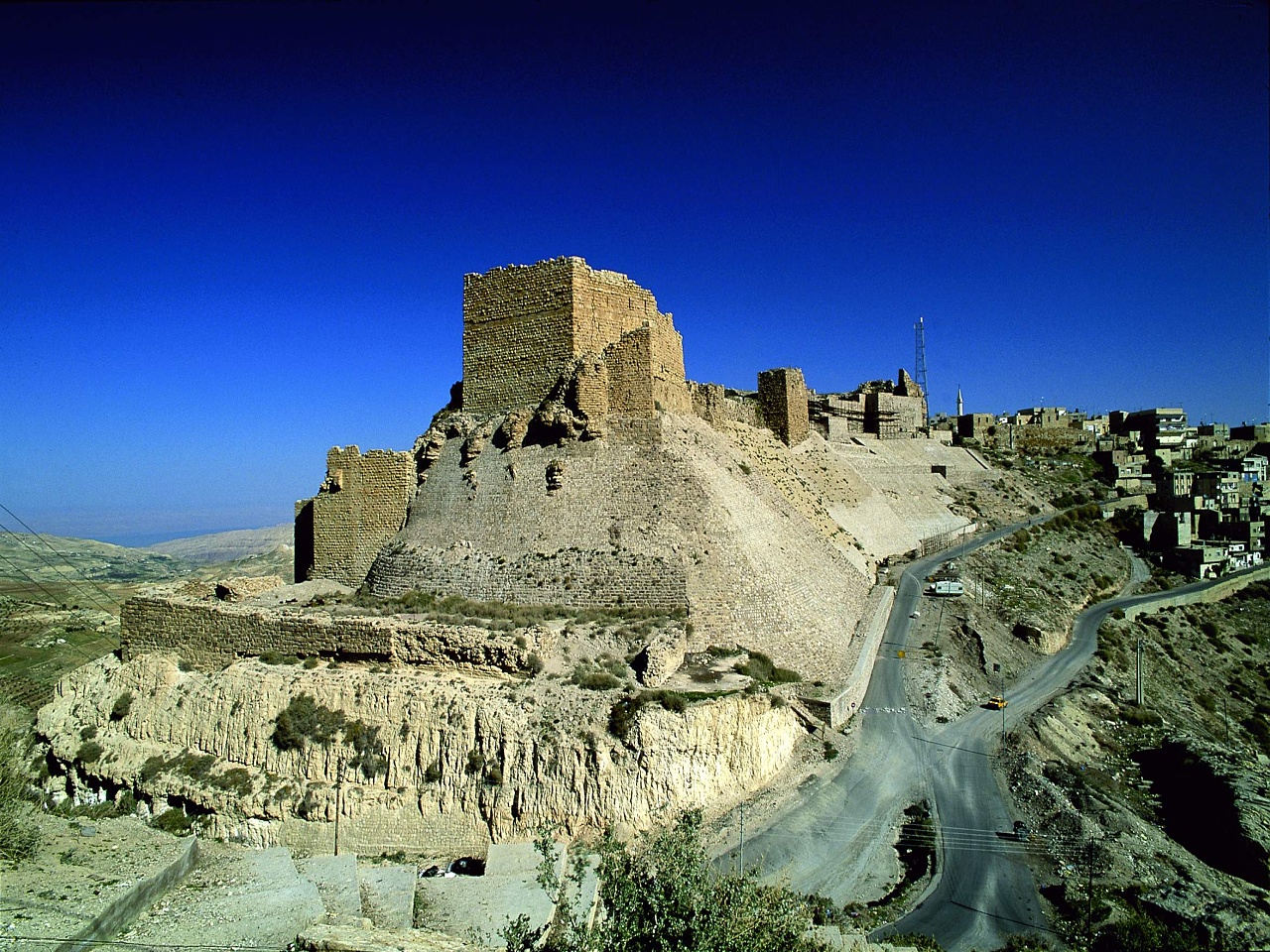This is a list of impressive castles in the eastern Mediterranean and the Middle East, founded or occupied during the crusades by the crusaders, in the 11th century till the 13th century.
Kolossi Castle, Cyprus
A Crusader stronghold 14 kilometers (9 mi) west of the city of Limassol on the island of Cyprus. It held great strategic importance and contained facilities for the production of sugar, one of Cyprus’s main exports in the Middle Ages. The original castle was possibly built in 1210 by the Frankish military when the land of Kolossi was given by King Hugh III to the Knights of the Order of St John of Jerusalem (Hospitallers), The present castle was built in 1454 by the Hospitallers. Dwellers in the castle include the Templars and the already mentioned Hospitallers.
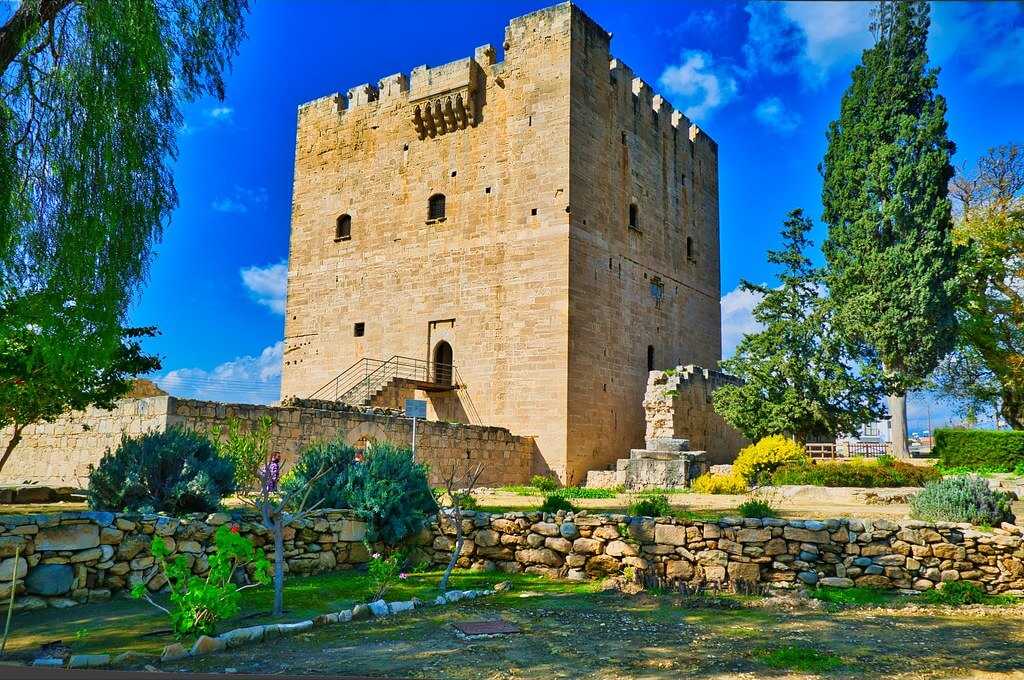
Citadel of Salah Ed-Din, Syria
Also known as Saladin Castle, this castle is named after the great Molem leader known in the West as Saladin. There had been a fortress here in ancient times and the crusader fortress is just one in a succession of military buildings on this side. The Arabs, the Byzantines, and the Crusaders fought to control this castle. Byzantines fortified it around the year 1000 with 3 walls, 5 meters in thickness. Crusaders later added the eastern moat. With its 24 meters high tower, its small defensive towers, squares, and stables it became invincible. Near the Byzantine, fortifications are the remains of an old church used by the Byzantines, and later by the Crusaders.
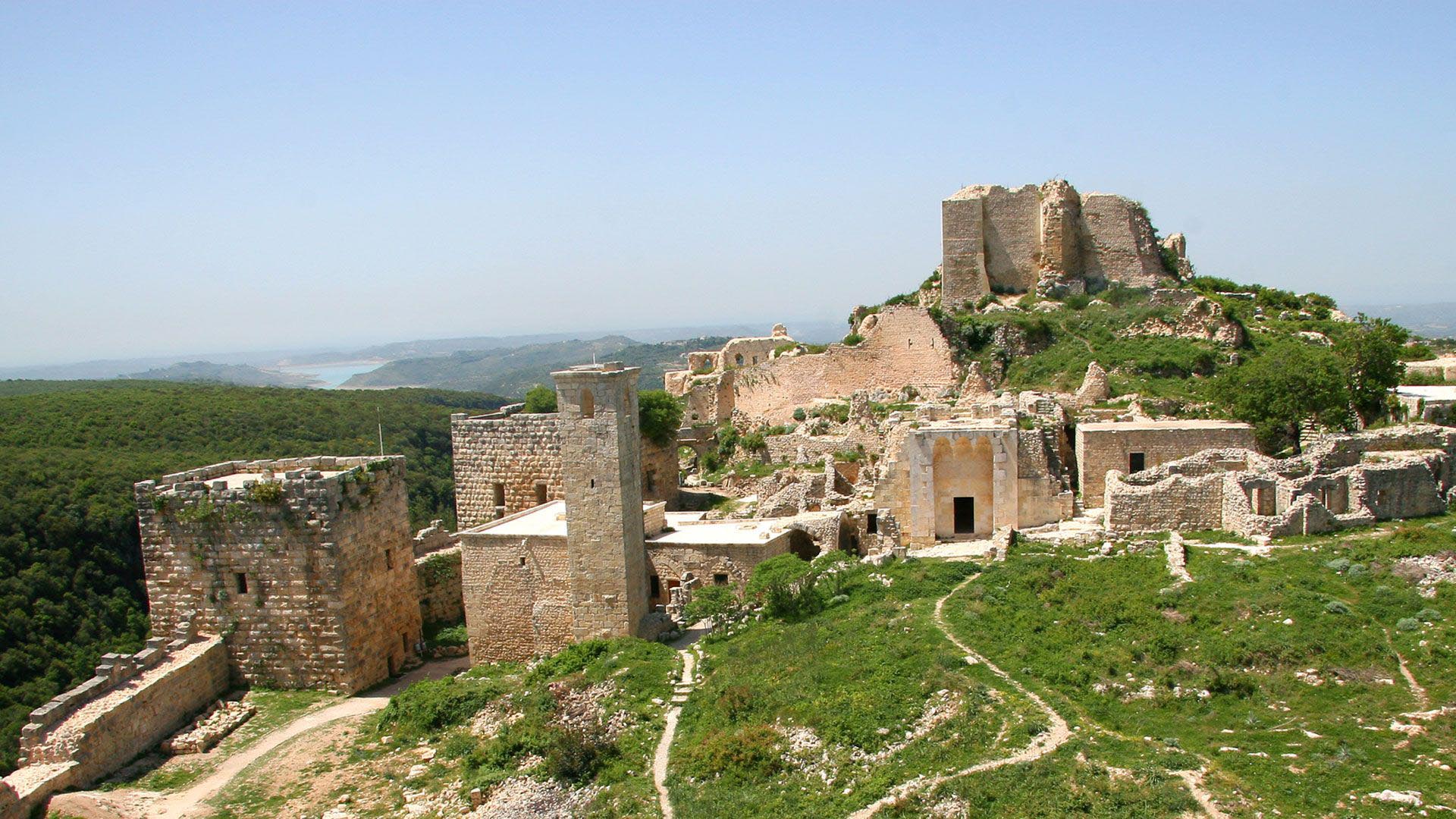
Château Pèlerin, Israel
Also known as Atlit Castle and Castle Pilgrim is located on the northern coast of Israel about 13 kilometers (8.1 mi) south of Haifa. The Knights Templar began building it in 1218 during the Fifth Crusade. One of the major Crusader fortresses, it could support up to 4,000 troops in siege conditions. It was lost to the Mamluks and evacuated between 3 and 14 of August 1291, the last crusader outpost in the Holy Land. It remained intact for several hundred years, until being damaged in the Galilee earthquake of 1837. In modern times, the castle remainings are part of a training zone for Israeli Naval Commandos.
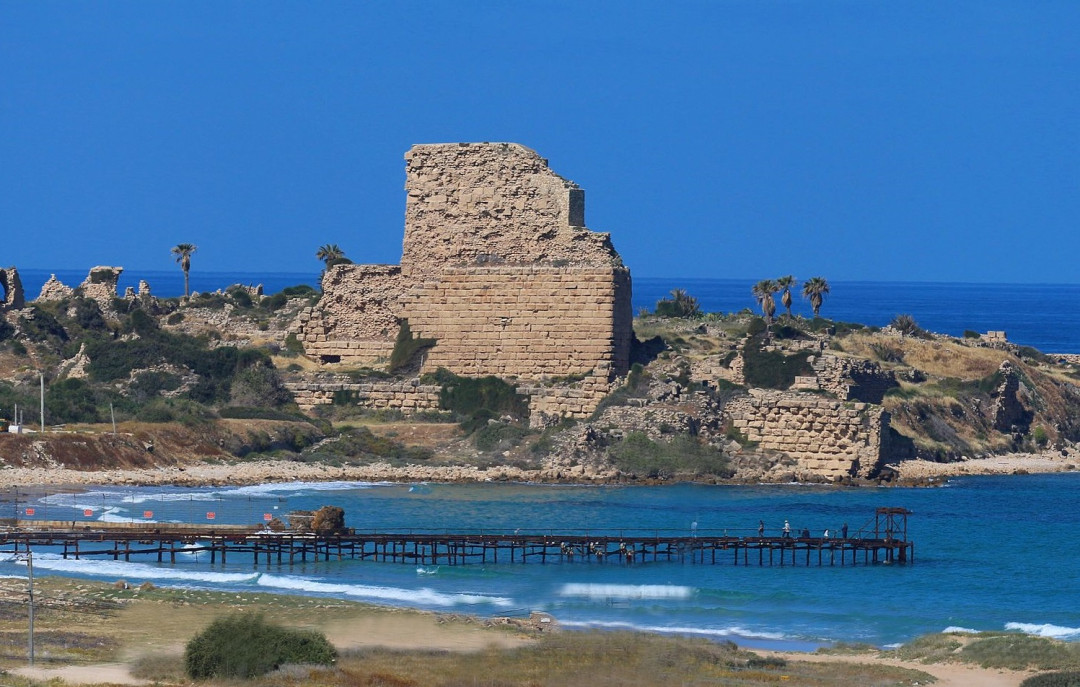
Krak des Chevaliers, Syria
The largest crusader castle in the world, and one of the most important preserved medieval castles in the world, this massive hilltop structure is located in Syria. The site was first inhabited in the 11th century by a settlement of Kurd. In 1142 it was given by Raymond II, Count of Tripoli, to the Knights Hospitaller. It remained in their possession until it fell in 1271.
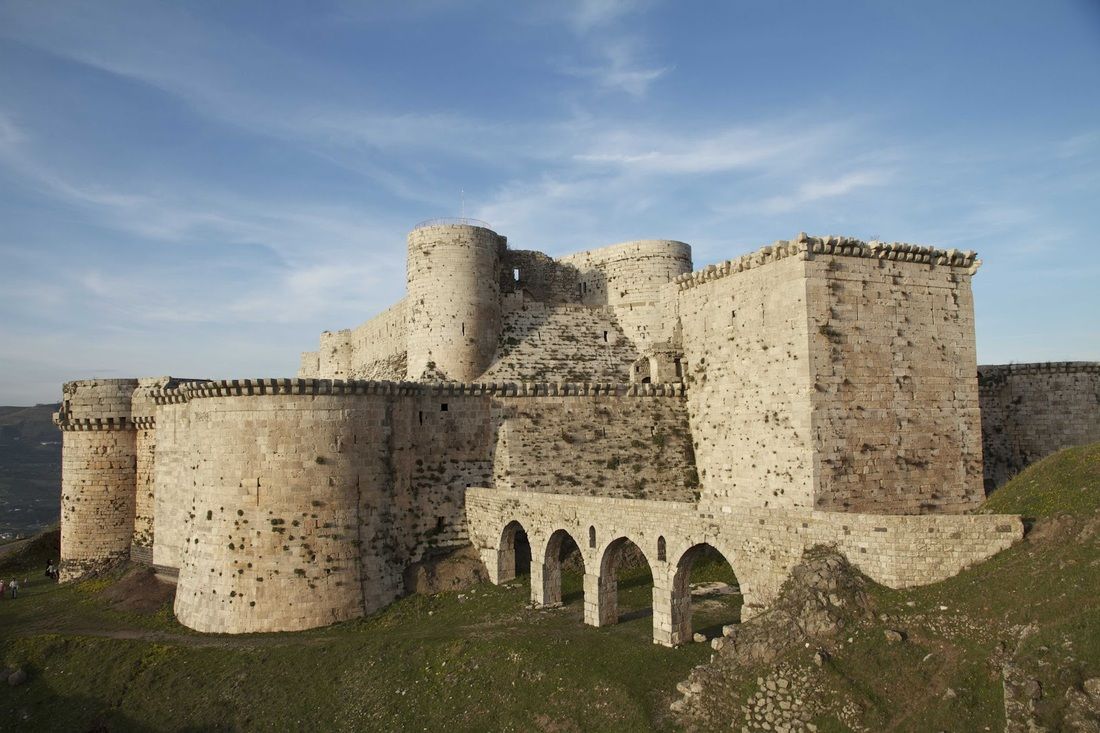
Belvoir Fortress, Israel
A Crusader fortress in northern Israel, on a hill 20 km (12 mi) south of the Sea of Galilee. Construction of the castle began in 1168. About 50 knights and 450 soldiers lived in Belvoir, along with their families and staff. Though in ruins it is one of the best-preserved Crusader castles in Israel, which has more crusaders castles than any other country.
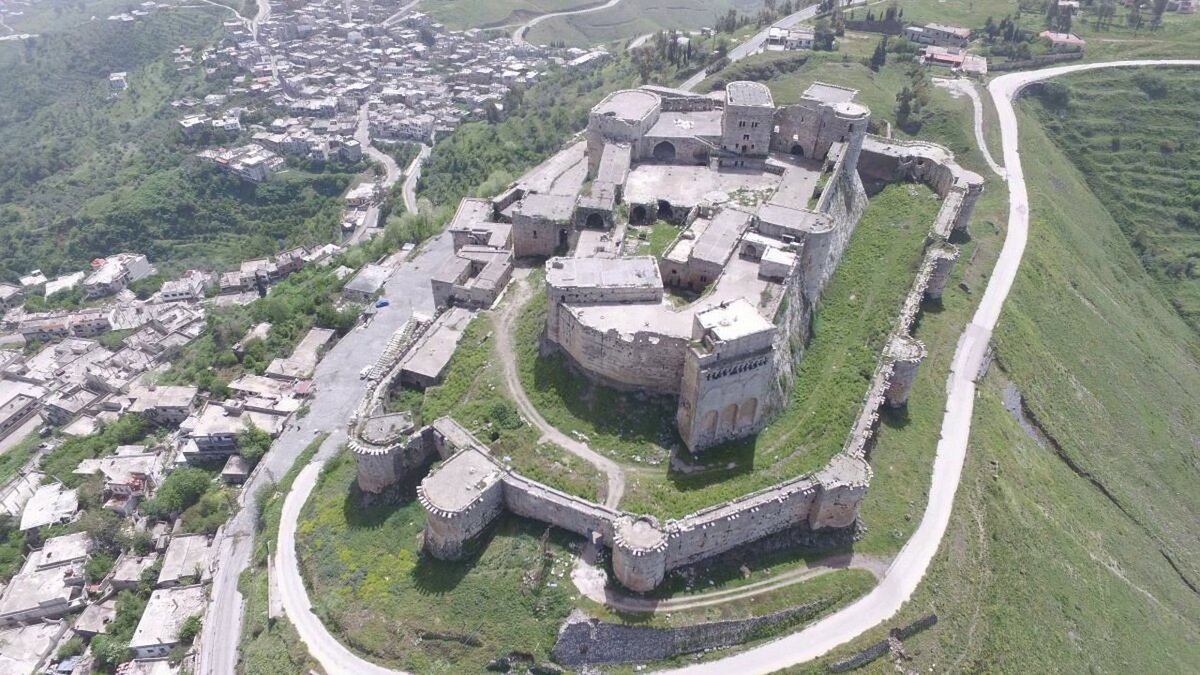
Kyrenia Castle, Cyprus
Located at the east end of the old harbor in Kyrenia. In 1191 King Richard the Lionheart of England captured Cyprus on his way to the Third Crusade. The castle was soon built and with times enlarged. The main purpose of the castle was military. The castle we see today is a 16th-century castle built over the crusaders castle.
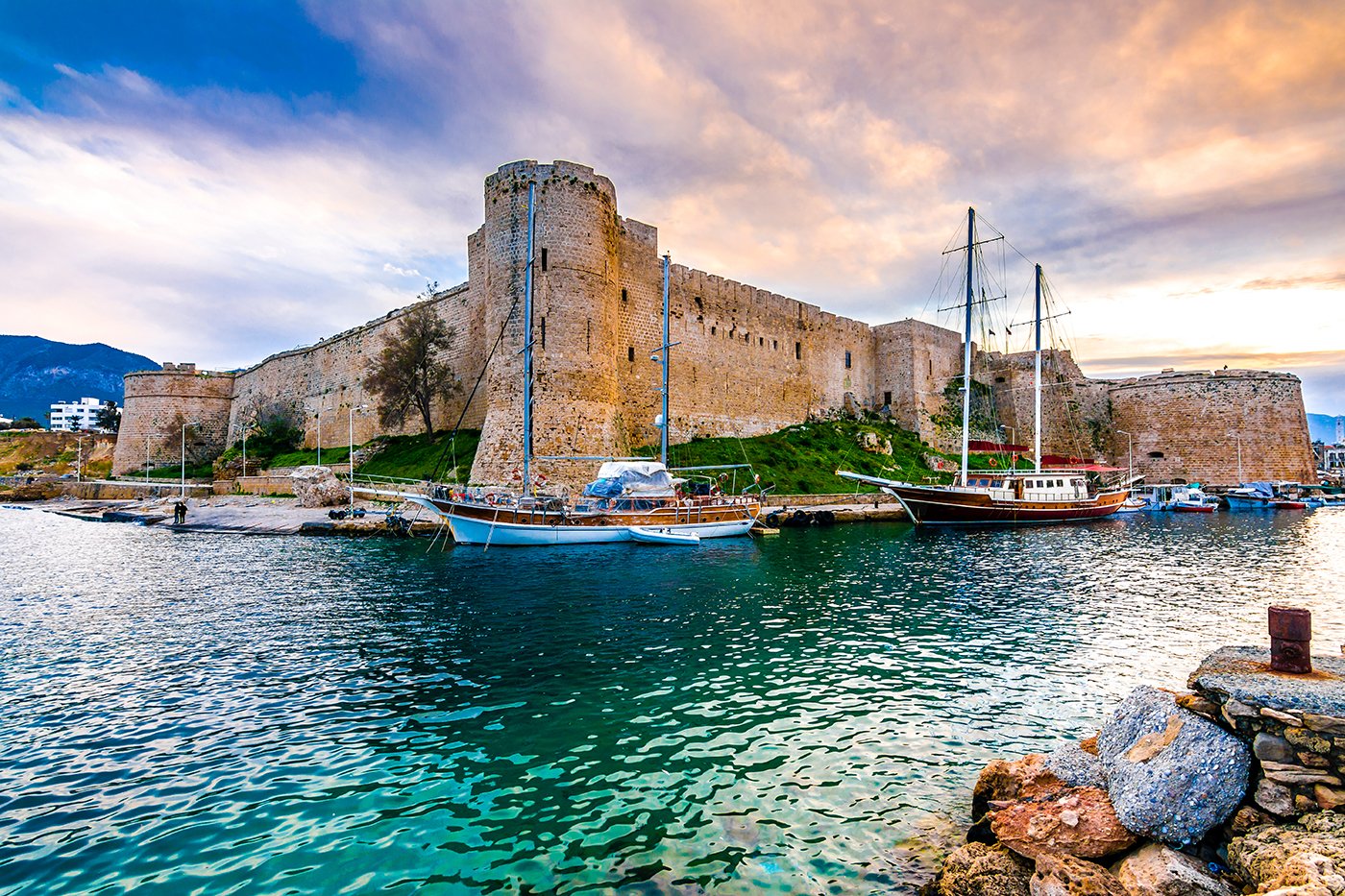
Kerak Castle, Jordan
A large crusader castle located in Kerak in Jordan. It is one of the largest crusader castles in the Levant. Construction of the castle began in the 1140s, under Pagan, Fulk of Jerusalem’s butler. The Crusaders called it Crac des Moabites or “Karak in Moab”, as it is frequently referred to in history books.
